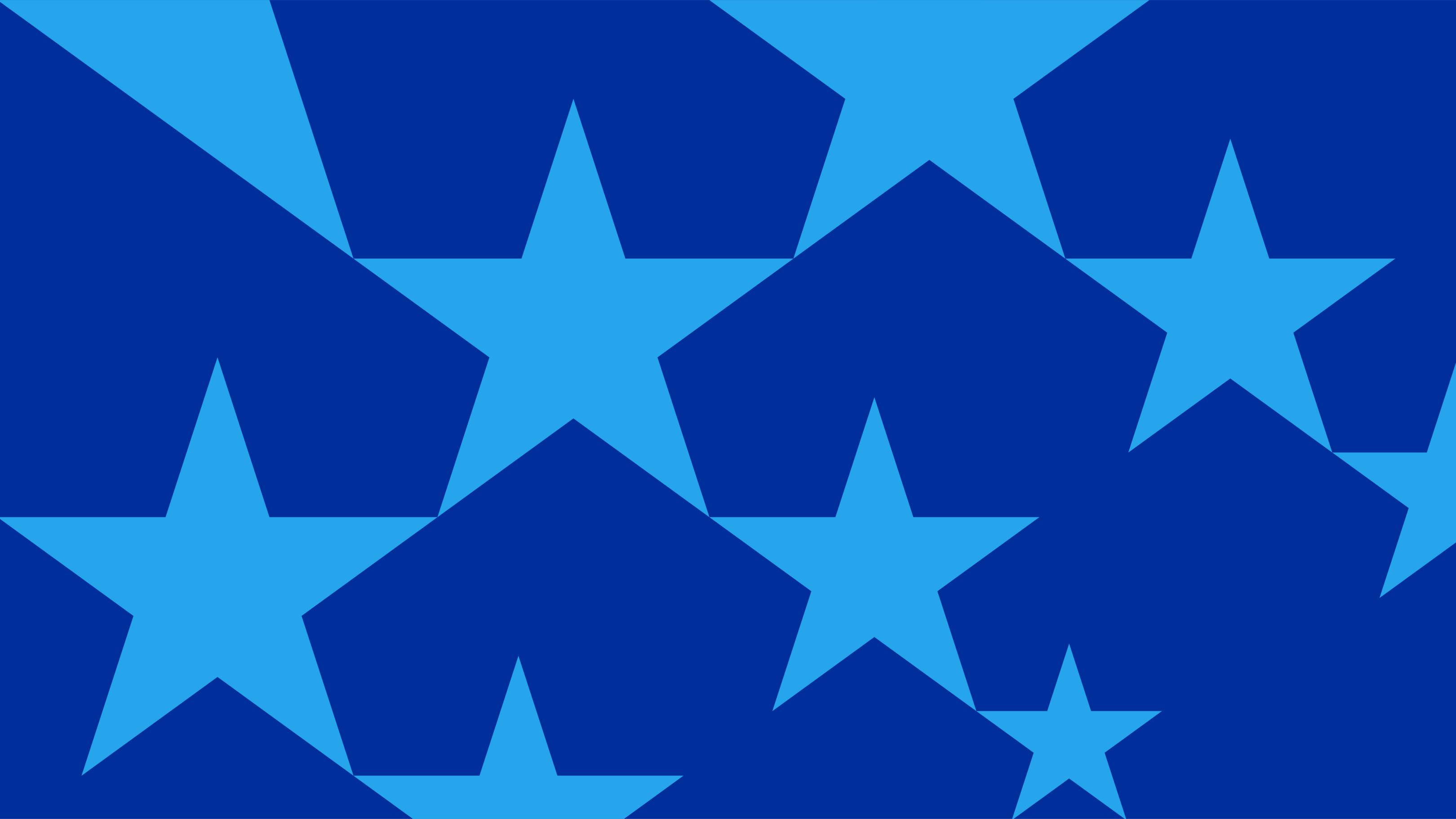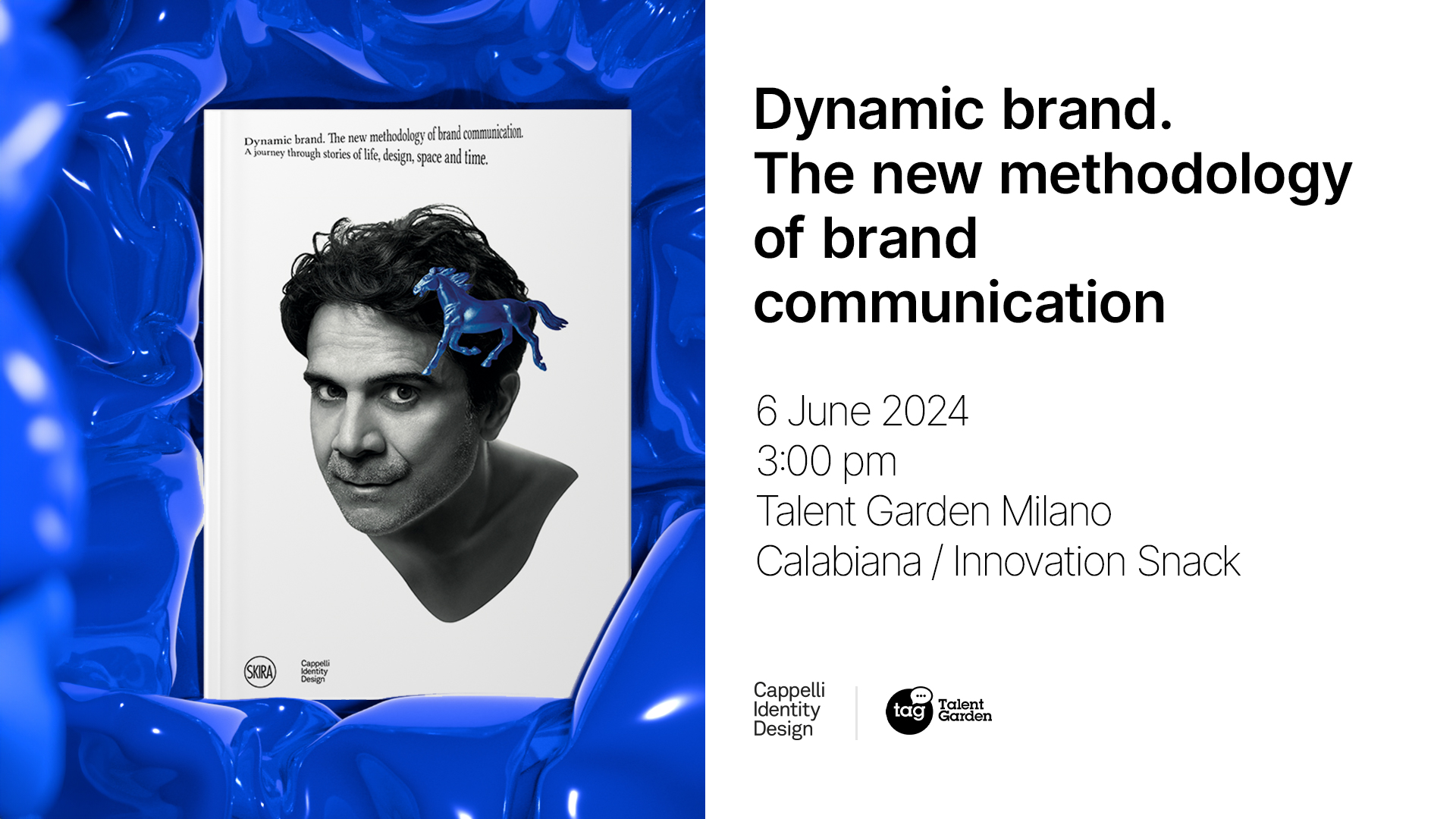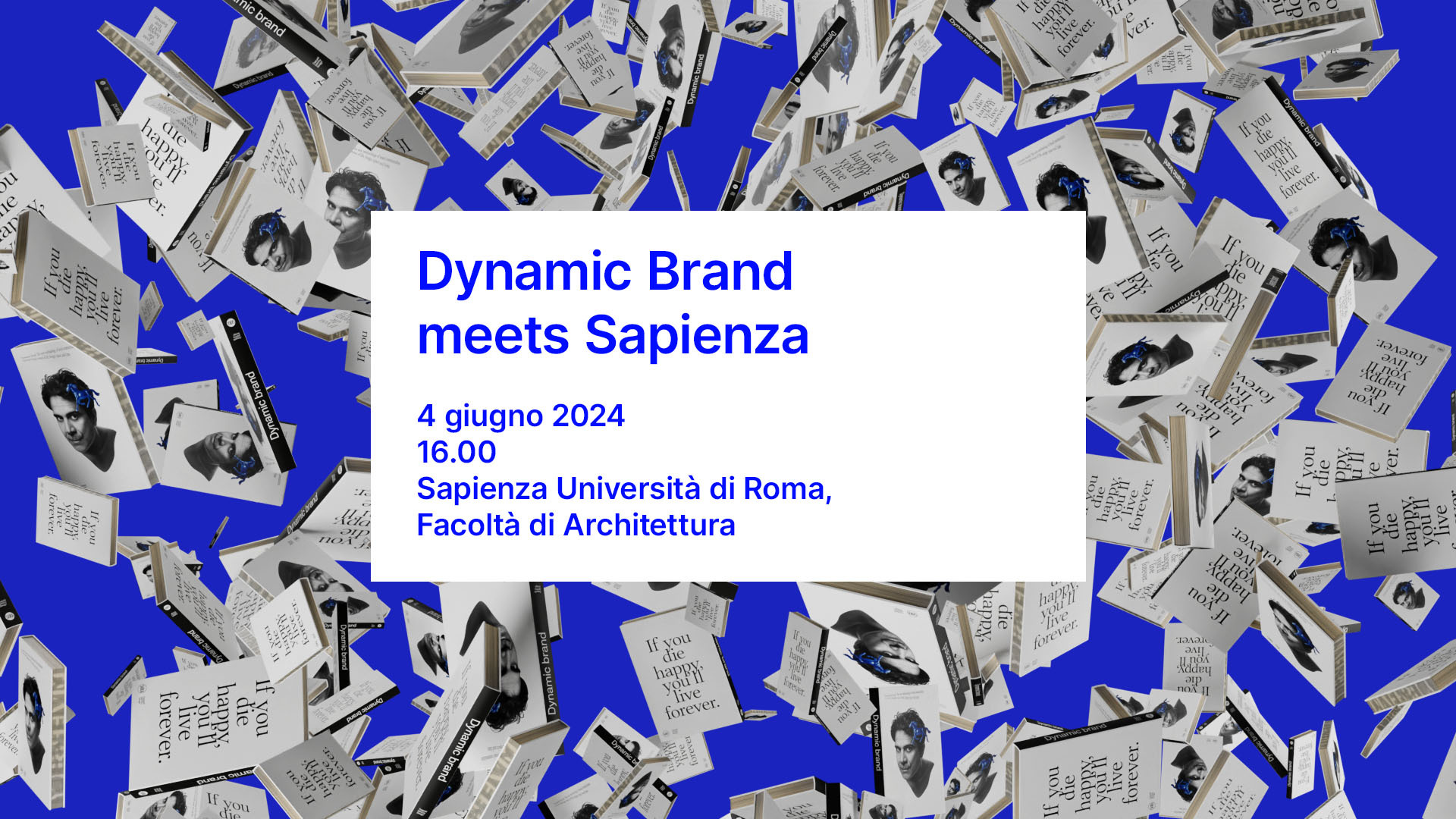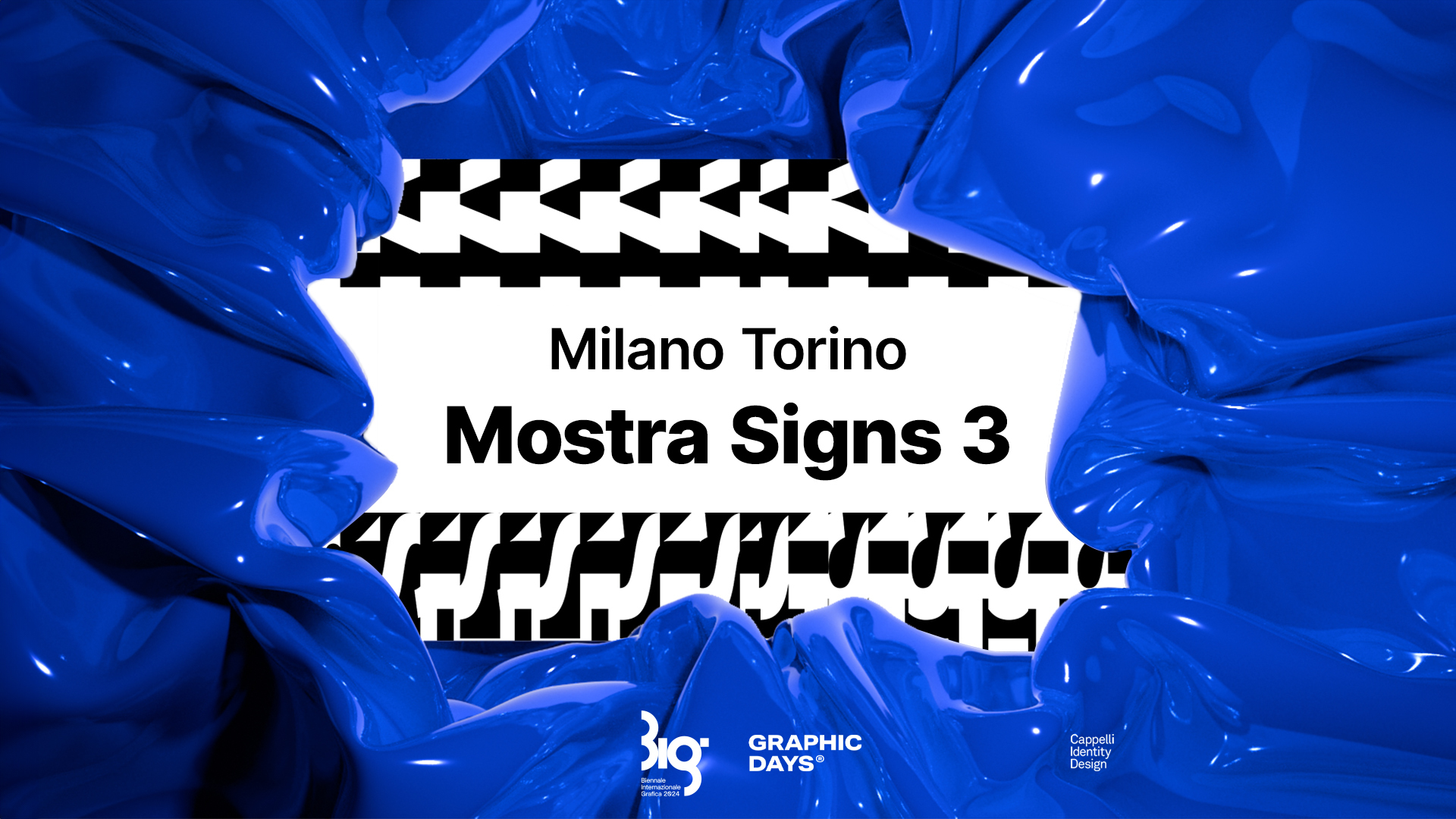Inclusion, sharing and access to information are the source of inspiration for the communication and the new website of the Guide to Europlanning, signed Cappelli Identity Design.
Participating in European tenders is such a unique opportunity. The estimated sum that has been allocated to the financing of Italian projects for the last four years until 2020 is approximately one billion euro. For our Italian designers, the Guide thus becomes a very important tool to better orient themselves in the world of European funding. For this reason, redesigning the style and architecture of the Guide to Europlanning was an important goal to achieve. Relying on such words as transparency and accessibility to plan digital communication and design made it possible for Cappelli Identity Design studio to once again align itself with those values that have contributed to shape the studio since its first opening.
The Guide to Europlanning involves Fondazione CRT, Fondazione Cariplo, Fondazione CRC, Fondazione Cassa di Risparmio di Trento e Rovereto, Fondazione Cassa di Risparmio di Perugia, Fondazione Cariverona, Fondazione CR Firenze, Fondazione Cassa di Risparmio di Bolzano and ACRI.
In designing the new Guide to Europlanning, website simplicity was the first choice
Turning complex contents into information that is accessible not only to experts, as it often happens, has been a challenging and ambitious goal. The power of such an initiative lies entirely in the community and in increasing the number of visitors and users: here is what makes a cultural project able to change the way of approaching work and Europlanning, a reality that many people still consider too far from everyday life.
For this reason, an in-depth study of the system linked to the world of planning in Europe, as well as a more detailed and diverse knowledge of the public and those who make use of it have been necessary. Therefore, the Guide is gradually becoming the compass that helps you orient yourself in the complex structure of EU funds. This is why, in designing a new website and social media content strategy for the user that would create value through the exchange of content between the user himself and the institution, working on the simplification of the information acquisition process was chosen as a first step. Thanks to the launch of Survey, a questionnaire addressed to the Guide’s audience, and made of thousands of users, it was possible to better profile contacts, while targeting users’ contents and needs in a functional way.
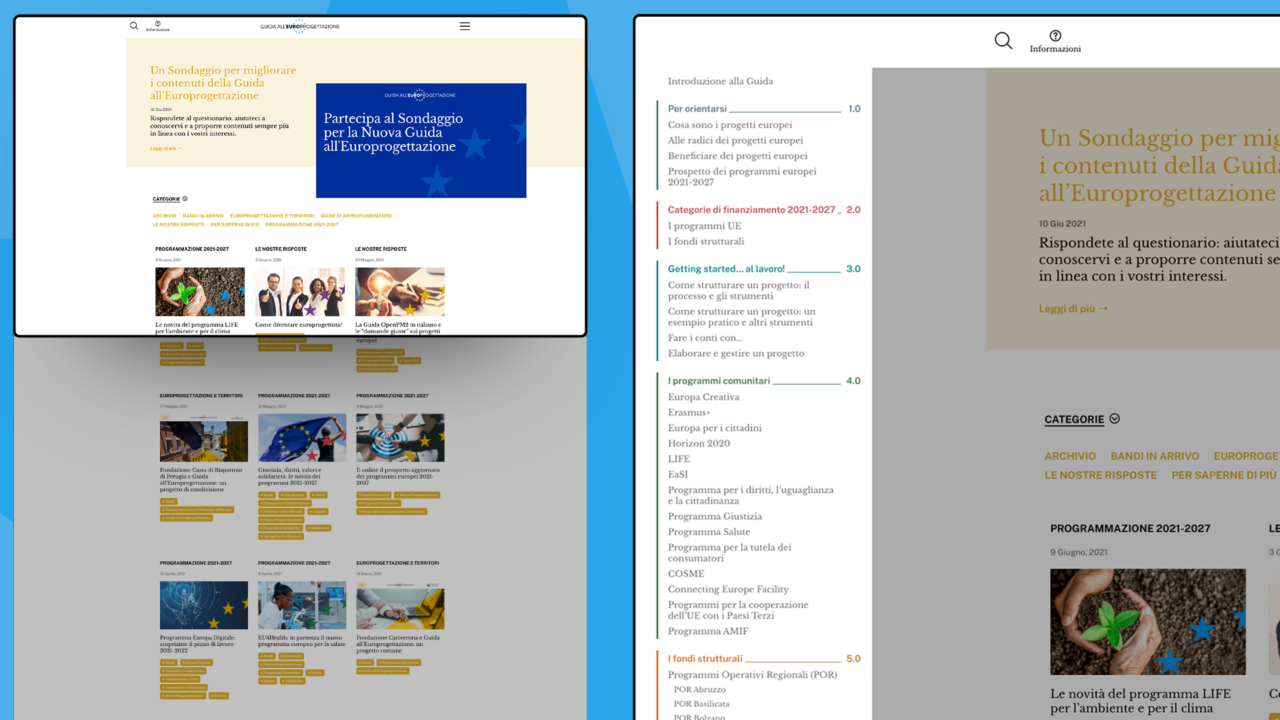
Redesigning the UX and UI of the Guide to Europlanning, for greater usability of information
The development of the UX (the user experience, i.e. the structure and the way in which the website is browsed and interacted with) and the UI (the graphical interface with which the user interacts) involved an early study of the Guide general features and the way in which it is used by such a highly specialized niche such as that of European design.
The chosen solution partly preserves the browsable “page by page” original Guide structure but with a significant enrichment in terms of graphics and chapter exploration. The Guide menu, which is always fully accessible, along with the implementation of shortcuts and a more effective system of internal linking, have resulted in developing a streamlined and efficient system of displaying information content, while maintaining the depth of the text.
The Guide to Europlanning has been further improved by providing the beginning of each chapter with a “related news” section, namely a selection of specific items based on the topic of the whole chapter. This not only involves offering users a number of extra navigation paths as opposed to the traditional guide/manual, but also proposing the right content just in time, at the exact moment when specific topics are being accessed. This way users are supported in their navigation with additional information, insights and examples. The dynamic visualisation system, diverse and balanced throughout the website, makes it possible to transform the Guide to Europlanning into a real “knowledge collector”, that combines the traditional by-the-book approach with the cross-linking between different sections, pages and contents. The new sections: Training, with videos, webinars, seminars, conferences and talks, and Questions and Answers with a set of additional, streamlined and easy-to-use materials for the Guide completion.
Finally, one of the new features is the Homepage small logic engine which selects users’ most ” consumed” topics (in terms of single item views), and thus displays the related topics right on the opening cover of the website. This service – called ‘hot topics’ – will help keep regular users up to date on the ‘hot’ topics of the moment, with just one click.
Social communication and email marketing campaigns
The new Guide is also changing its way of speaking to its audience, by choosing a more straightforward and less formal communication than before. In order to underline the importance of generating new content for the user, we chose a content-oriented approach to social media.
Following an in-depth analysis of data and insights from pre-existing social networks, we focused on increasing our community as well as social interactions. Designing and producing targeted formats fully complies with the Guide’s mission of guiding people through the many contents in the best possible way. The targeted email marketing campaigns helped the Guide increase its community members, and provided valuable information to better meet the real needs of the public.
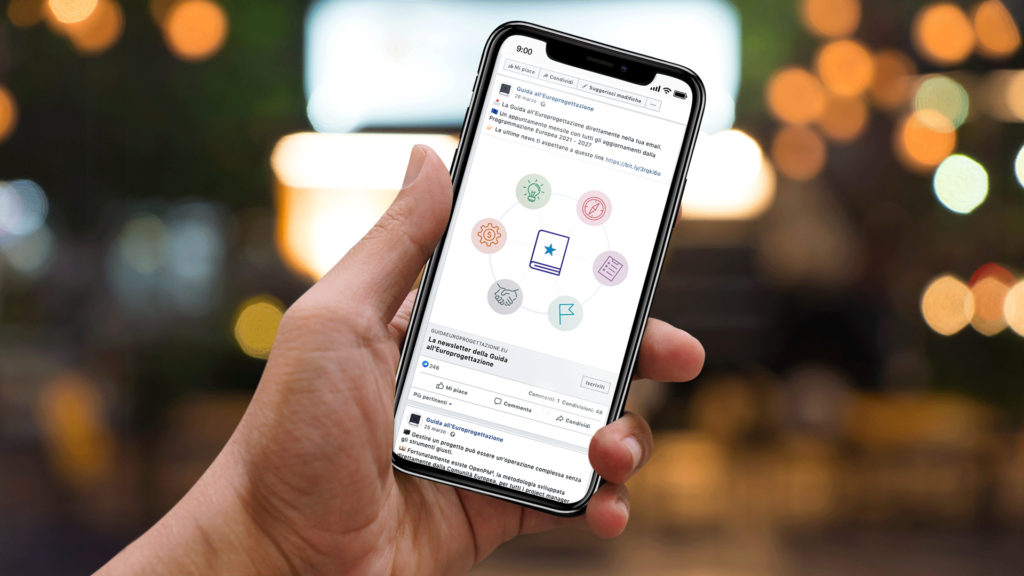
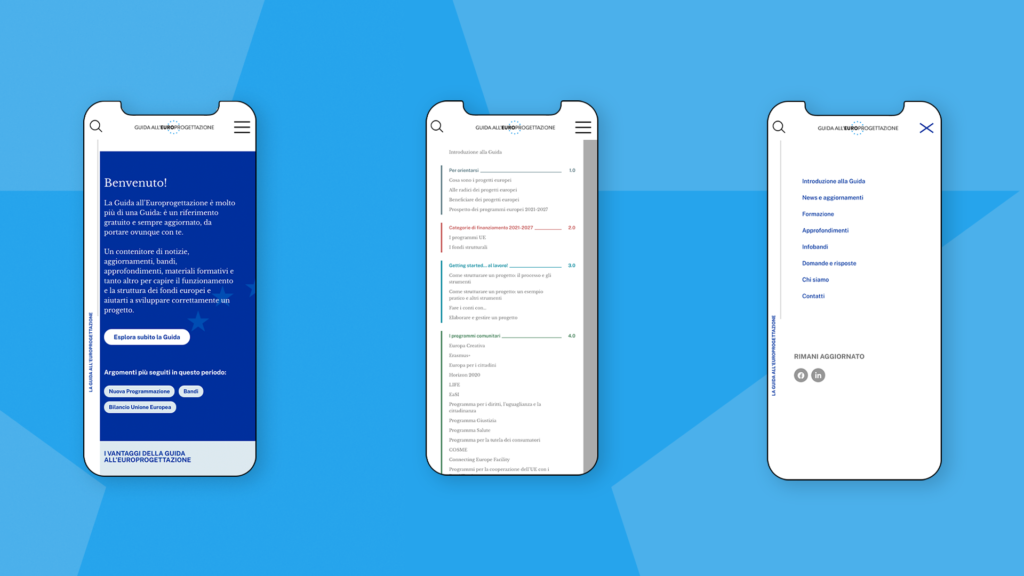
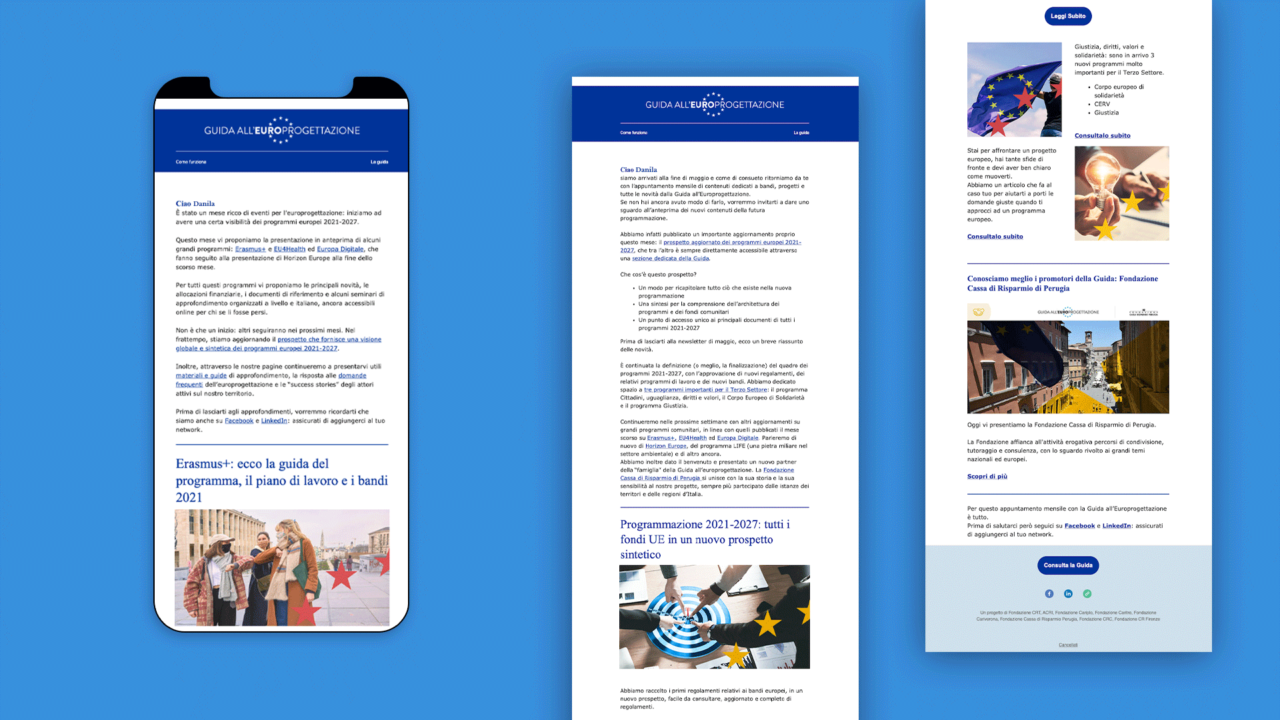
The project developed by Cappelli Identity Design has renewed the digital presence of the Guide to Europlanning by adding contemporaneity and new features to our user’s digital experience.
Stefania Coni, Project leader – Fondazione CRT
